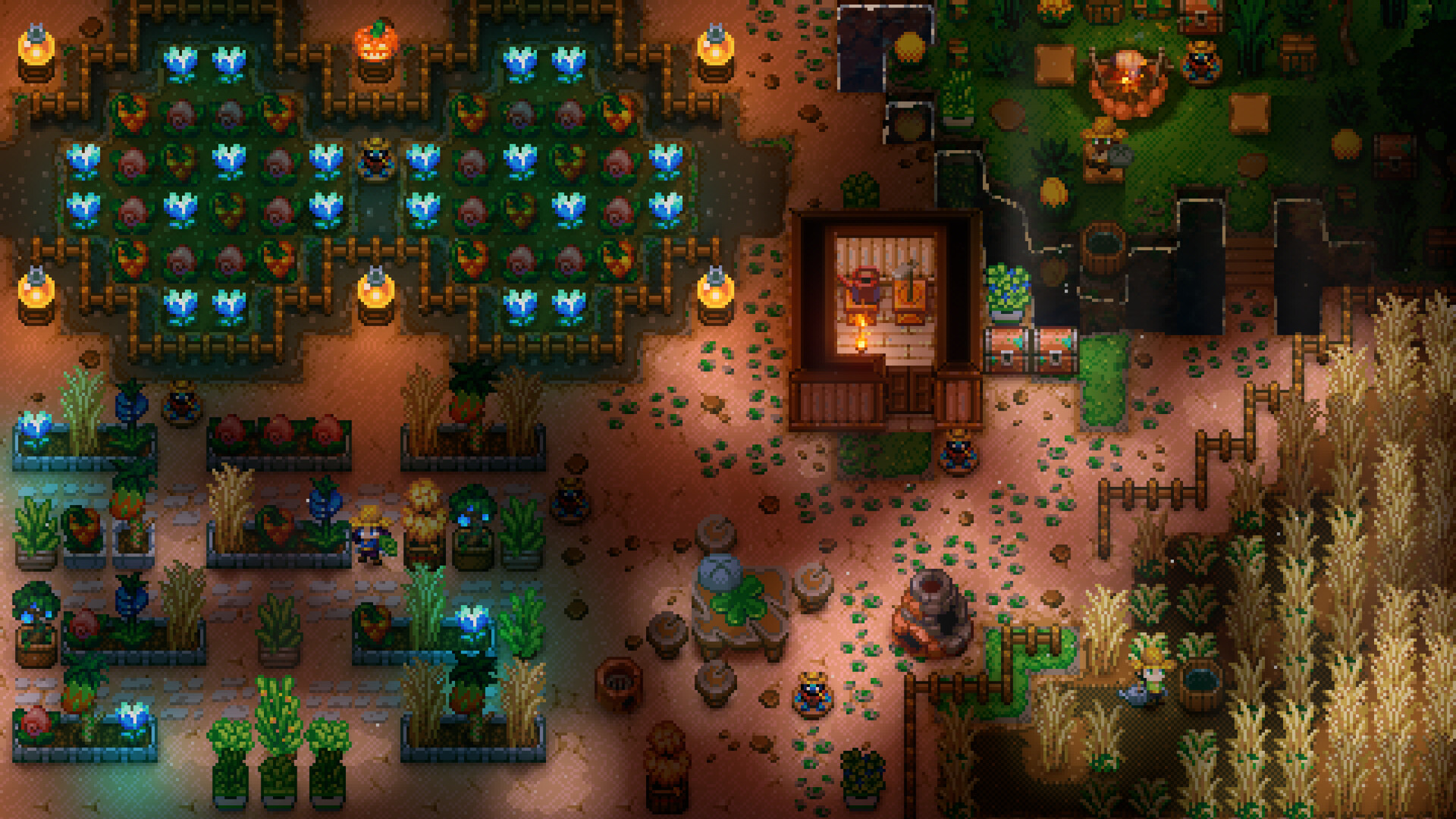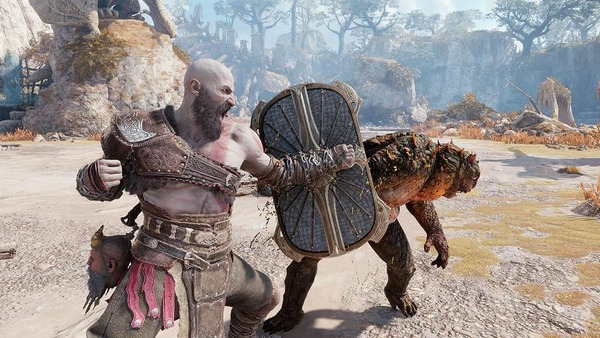Popular Now
Introduction
Core Keeper stands out among indie sandbox survival games for its unique blend of procedural generation, base-building, combat, and cooperative exploration. Set in an underground world of mystery and biomes teeming with danger, the game offers a compelling gameplay loop—dig, craft, fight, and expand. However, one critical issue emerges as players move deeper into the game: a lack of long-term progression depth. While early gameplay feels rich and engaging, many players report that progression becomes repetitive, unbalanced, or underwhelming past a certain point. This article dissects that issue across ten time-based phases, analyzing how Core Keeper handles progression and where it falls short.
1. The Early Game – Discovery and Excitement
At the start, Core Keeper excels. Players awaken in a mysterious cavern, surrounded by darkness and glowing flora. The first few hours are filled with tension and wonder.
You begin by mining copper, exploring small caves, and crafting rudimentary tools. Each biome feels fresh, each encounter potentially deadly. The game feeds your curiosity by gradually introducing mechanics like farming, smelting, fishing, and building.
2. Unlocking the Core – A False Sense of Advancement
One of the early milestones is defeating the three major bosses: Glurch, Ghorm, and the Hive Mother. Doing so lets you unlock the Core—an ancient structure that powers up and offers new crafting stations.
While this moment feels monumental, it quickly becomes clear that unlocking the Core doesn't open as many gameplay pathways as players might expect.
-
The new stations offer some upgrades but feel underutilized.
-
There's little narrative or mechanical payoff for this “core” mechanic.
-
This milestone doesn't significantly change how players engage with the game.

3. Mid-Game Base Expansion – Purpose or Padding?
As players progress, they often focus on building sprawling underground bases. Farming systems, electricity networks, and decorative options are introduced, allowing impressive creativity.
But the purpose of base expansion becomes ambiguous:
-
There's no threat that justifies defense systems.
-
Farming and automation are largely optional, not essential.
-
The reward loop for improving your base becomes aesthetic more than functional.
While sandbox fans may enjoy this freedom, players seeking meaningful mechanical depth feel unmotivated.
4. Biome Exploration – Initially Unique, Then Repetitive
Each biome—such as the Clay Caves, Azeos’ Wilderness, and the Sunken Sea—brings unique enemies, resources, and bosses. This creates exciting variation early on.
However, several problems arise:
-
Biomes follow predictable loops: mine new ore, fight regional boss, unlock next tool tier.
-
Environmental mechanics (acid pools, toxic gas) are visually different but offer little strategic impact.
-
Exploration becomes routine as procedural generation lacks dramatic surprises or storytelling elements.
The excitement of exploration fades unless you're highly invested in grinding or decoration.
5. Boss Battles – Difficulty Spikes Without Tactical Options
Bosses in Core Keeper are designed to feel like obstacles to deeper zones. Unfortunately, they often rely on pattern memorization and brute force rather than offering diverse tactical options.
Key complaints from players include:
-
Bosses hit hard but don't reward strategic builds or unique combat styles.
-
Most fights are gear checks—if you don't have the right equipment, you die quickly.
-
Multiplayer can trivialize boss battles, breaking immersion.
This makes boss fights feel like necessary grinds rather than climactic events.
6. Talent Trees – Shallow Customization Over Time
One of Core Keeper’s selling points is its RPG-lite talent system. As players dig, cook, fight, and run, they earn experience and unlock passive skills.
But over time, talent trees reveal their limitations:
-
Most skills offer minor percentage boosts rather than game-changing effects.
-
There’s little incentive to diversify or experiment once you’ve found optimal builds.
-
There’s no respec mechanic, discouraging experimentation for casual players.
This undermines long-term character investment.

7. Endgame Crafting – Content Bottlenecks and Grinds
Crafting in the endgame revolves around rare materials and crafting stations unlocked from post-Core biomes. Unfortunately, this stage often feels grind-heavy and repetitive.
Common issues:
-
Rare ores have low spawn rates, forcing long mining sessions with little variation.
-
Recipes require large quantities of resources, extending grind times.
-
Crafting new armor and gear rarely changes gameplay style—just raw stat increases.
What starts as a satisfying loop becomes a time sink with diminishing mechanical returns.
8. Multiplayer Progression – Uneven Scaling and Role Confusion
Multiplayer is one of Core Keeper’s strengths. Exploring with friends or strangers feels more dynamic and fun—but it introduces its own set of progression issues.
Key problems include:
-
Enemy scaling doesn’t always adjust fairly for large groups.
-
Shared resources and loot cause imbalances or conflicts.
-
There’s no real system for role specialization (e.g., dedicated healer, tank, etc.).
This creates friction for long-term cooperative play, especially for groups hoping for MMORPG-style synergy.
9. Narrative and Lore – A Missing Layer of Progression
Despite its compelling visual design and worldbuilding hints, Core Keeper lacks strong narrative progression. While some NPCs and ruins provide flavor, there’s no main questline or deep lore structure.
This leads to a key missing element:
-
No overarching story arc to give milestones meaning.
-
Players feel like they’re grinding for gear without emotional context.
-
Lore objects are disconnected rather than tied to a deeper mythology.
Without narrative purpose, mechanical progression can feel hollow.
10. Post-Launch Updates – A Work in Progress
To its credit, Core Keeper has been expanding steadily with updates adding new biomes, enemies, bosses, and features. But many updates introduce horizontal content rather than vertical progression.
Examples:
-
More places to explore, but similar gameplay structure.
-
New gear tiers that don’t fundamentally change strategy.
-
Community events and seasonal packs that don’t alter progression loops.
This raises a critical question: Can Core Keeper avoid stagnation by deepening its progression mechanics instead of simply expanding the world?
Conclusion
Core Keeper shines in its early and mid-game with its charming visuals, satisfying mining and crafting systems, and addictive co-op gameplay. But as players sink deeper into the underground world, the cracks in its progression design become increasingly evident. Without meaningful long-term goals, diverse combat mechanics, or a strong narrative backbone, the game risks becoming a beautiful grind—a cycle of repetition with minimal payoff.
For Core Keeper to evolve from a niche indie gem into a sandbox titan, the developers must focus on deepening player progression—through skill diversity, strategic combat, rich storytelling, and better rewards for time investment. Only then will this glowing underground adventure truly reach its core potential.















